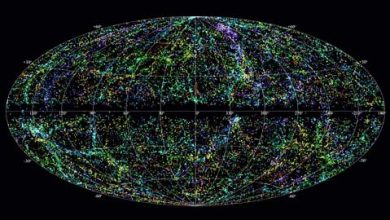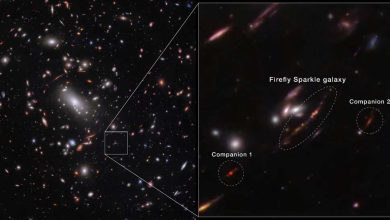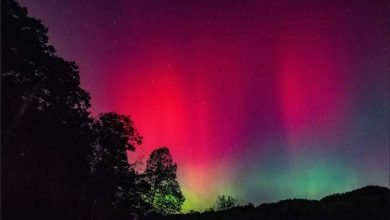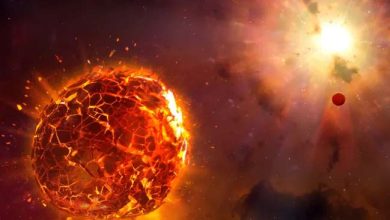There will be no change in Earth’s climate due to collision of 2 giant asteroids
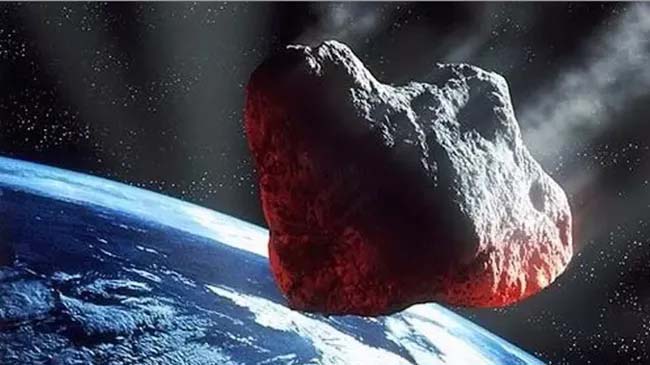
Science: Two giant asteroids that hit Earth about 36 million years ago caused no long-term changes to our planet’s climate, according to new research. The space rocks, estimated to be no more than 5 miles (8 kilometers) across, impacted Earth within 25,000 years of each other. In geological terms, that’s a relatively short time period, providing scientists with a unique opportunity to study how our planet’s climate responded to such an invasion.
Isotopes in fossils of tiny marine organisms that lived at the time suggest Earth’s climate did not change in the 150,000 years after the asteroid strikes, according to the new study. The fossils, which include organisms that lived at different ocean depths, were found in 1979 beneath the Gulf of Mexico by the Deep Sea Drilling Project. “These big asteroid impacts happened and, for a long time, our planet carried on as usual,” study lead author Bridget Wade, a professor of micropaleontology at University College London (UCL), said in a recent statement.
The larger of the two asteroids, which was even smaller than the Chicxulub impactor that wiped most of the dinosaurs off the face of our planet, created a roughly 60-mile-wide (100 km) crater in a remote region of present-day Siberia. This impact feature, called Popigai, is the fourth-largest impact crater known on Earth, and has been remarkably unaffected. The second space rock, which was about 3 miles (5 km) wide, created a 25-to-55-mile-wide (40 to 85 km) crater in the Chesapeake Bay in the present-day United States, about 125 miles (200 km) southeast of Washington, D.C.
In the new study, Wade and co-author Natalie Cheng, a research technician in micropalaeontology at UCL, identified evidence of the impact in the form of thousands of tiny droplets of silica – glass beads formed when rocks are vaporised by the extreme heat and force of the asteroid’s impact, releasing silica into the atmosphere which then cools and refreezes into droplets – that became embedded in the rocks.

